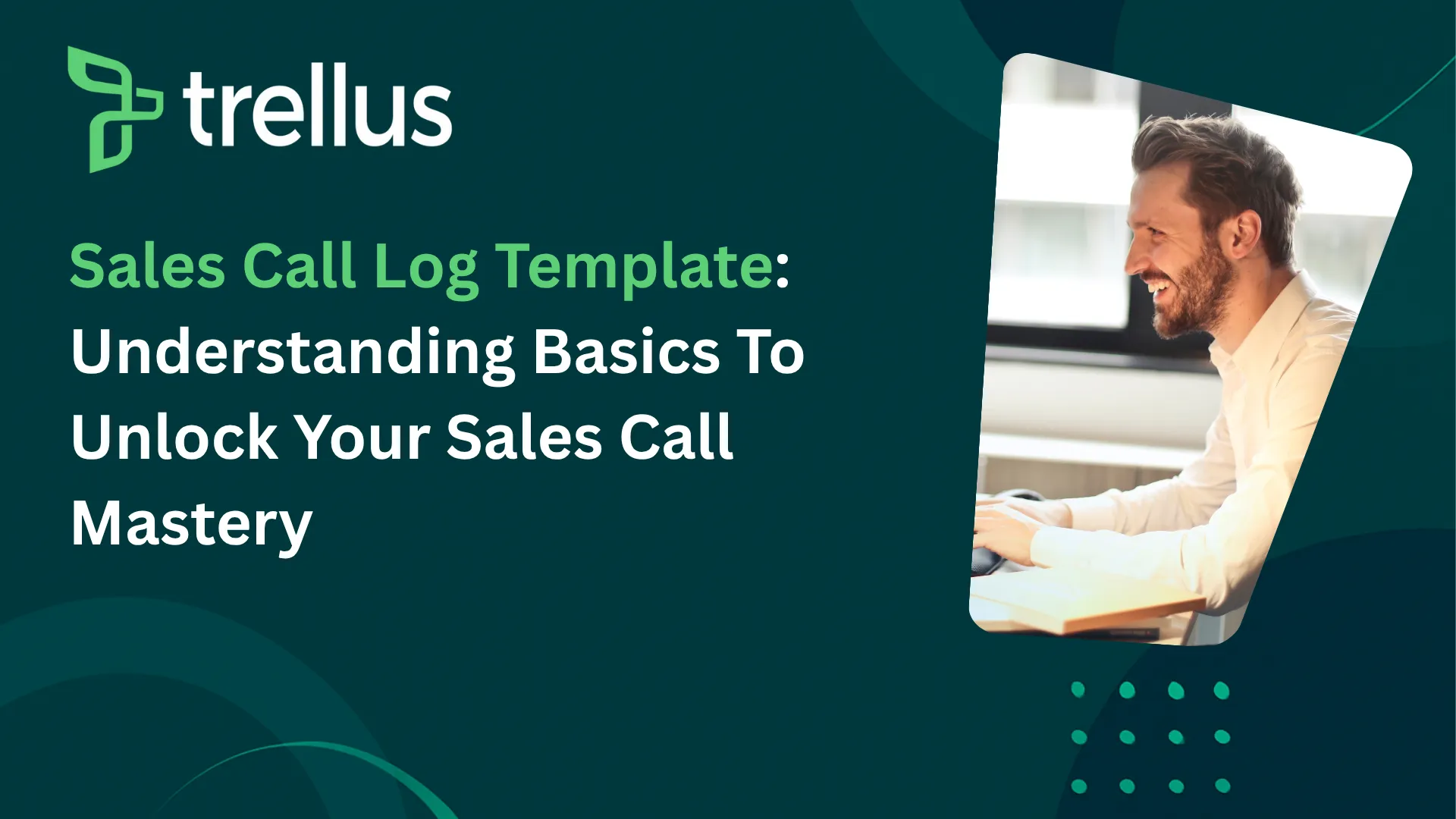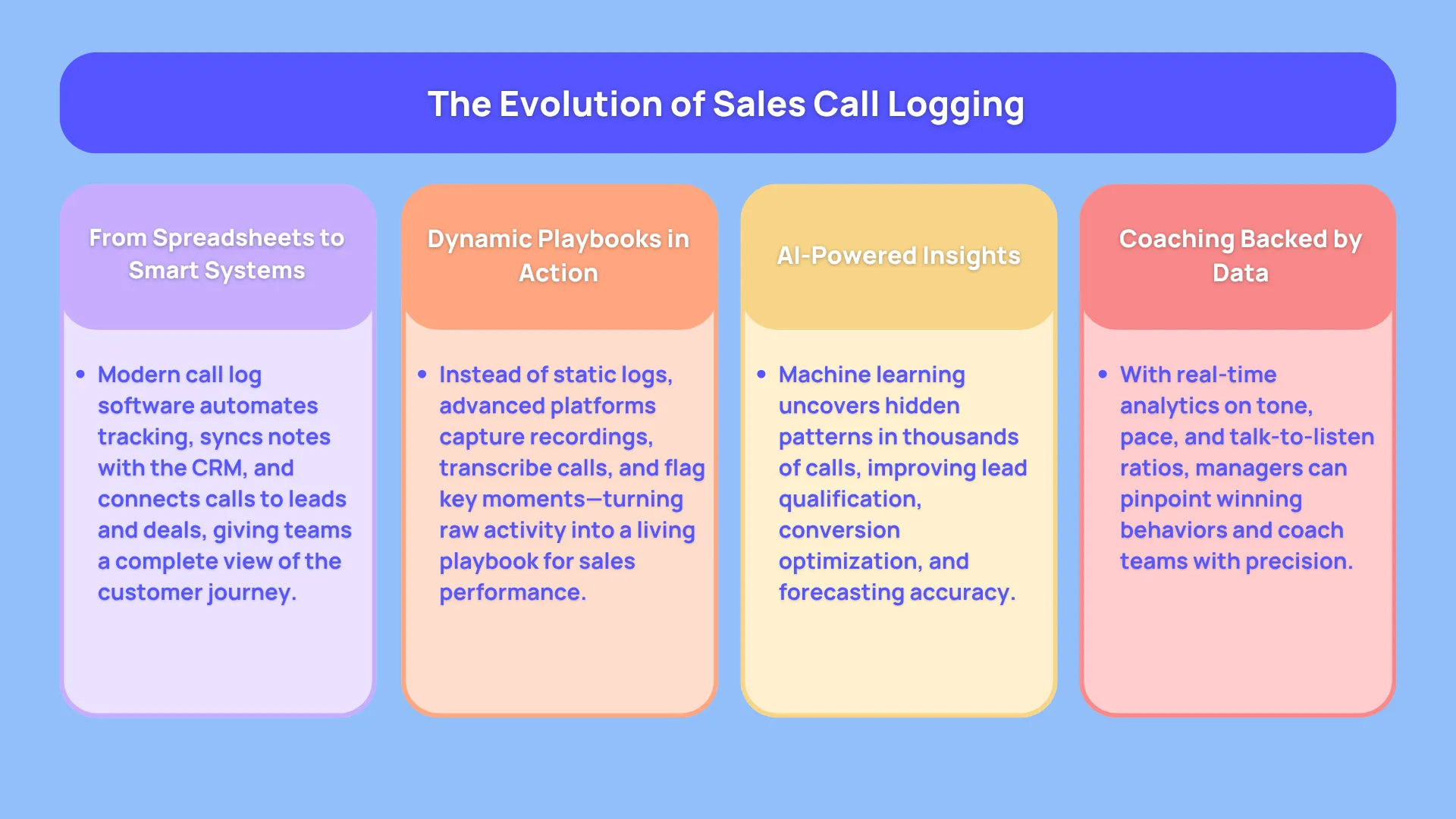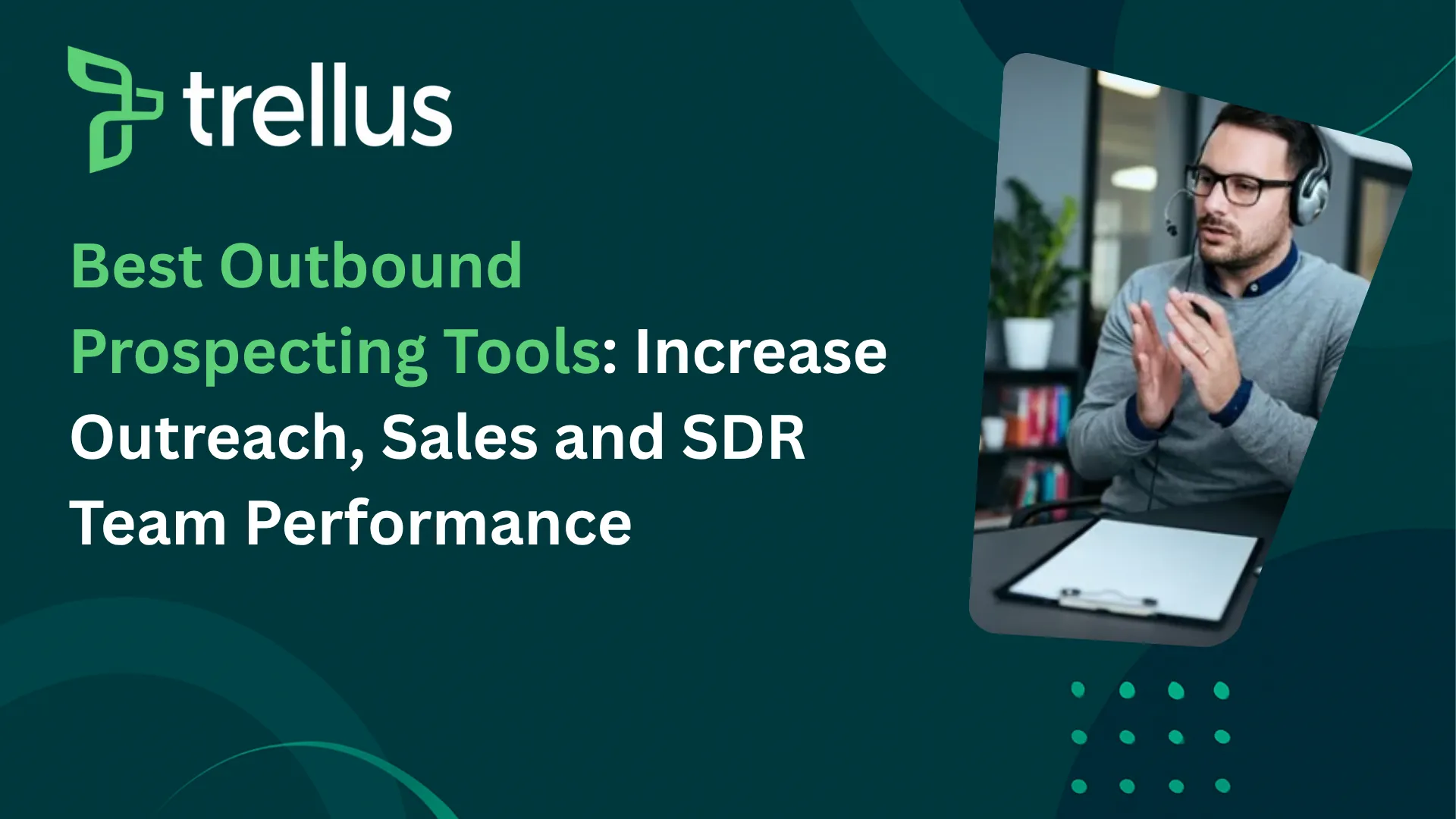
Our Top Picks


Picture this: a rep finishes a full day of calls.
Their voice is hoarse, their calendar’s packed, and the last thing they want is to stare at a spreadsheet.
This phenomenon happens, especially when trying to remember who answered, who pushed back, and who actually sounded interested.
The rows and columns of a sales call log template are waiting for them, and every update feels more like a chore than a tool that actually helps them sell.
That’s the reality for a lot of salespeople.
Sales managers hand out Excel sheets, Google Sheets links, or even printable call log templates as a way to “stay organized.”
They get filled in—sometimes hours after the call, sometimes never. At best, it’s a record-keeping habit. At worst, it’s a time sink that doesn’t give sales leaders the insight they need.
The problem isn’t the effort. It’s that these static templates simply weren’t designed for today’s sales environment. Modern sales teams move too fast, rely too much on data, and need instant visibility into what’s working and what isn’t.
There’s a better way. Intelligent sales call log software—and especially AI-powered platforms—are transforming what used to be a tedious checklist into a real driver of performance.
The Hidden Costs of Relying on a Manual Sales Call Log Template

Salespeople thrive on conversations, not data entry.
Yet a typical daily sales call report template or sales activity log template forces them to stop selling and start typing.
Every call becomes an exercise in memory recall: What did the prospect say? How interested were they? Did they mention a competitor?
Details slip, errors creep in, and the end result is a log that looks neat but hides gaps everywhere.
A free sales call log template might seem harmless, but when you add up the hours a team spends entering notes each week, the costs become very real.
It’s not just lost time; it’s lost accuracy. And if the information feeding your reports is incomplete, decisions based on that data are shaky at best.
The Lack of Real-time Analytics
A spreadsheet can store data. What it can’t do is interpret it. A manager looking at a filled-out sheet might know how many calls were made, but that doesn’t answer the bigger questions:
- Which conversations are turning into meetings?
- How do we measure sales call effectiveness across the team?
- Which reps are building momentum and which are struggling?
Static templates don’t surface sales dashboard KPIs in real time.
They leave managers piecing together reports long after the fact. That delay is costly—because the opportunity to course-correct is often gone.
Scaling and Collaboration Bottlenecks with Traditional Templates
Templates can work when you’re managing one or two reps.
But once the team grows, cracks appear fast.
Version control becomes a nightmare, with multiple people editing different copies of the same file. Consolidating data means hours spent cleaning and merging sheets. And perhaps the biggest issue: sales teams can’t collaborate effectively when information lives in separate, disconnected documents.
When leads aren’t tracked in a central system, pipeline visibility suffers.
Managers lose the big picture. Reps don’t have a shared view of what’s happening with an account. And performance coaching becomes reactive instead of proactive. In short, templates hold back sales pipeline management and make it harder to improve sales team performance.
The Evolution of Sales Call Logging: Beyond Simple Spreadsheets

Modern sales call log software takes the grunt work out of tracking. Calls can be logged automatically, notes synced directly to CRM records, and activity tied to specific opportunities. Instead of living in separate files, all call data flows into a single system—accessible to the entire team.
For small business sales teams, this kind of tool is often the first step beyond spreadsheets. Sales pipeline management tools not only capture the calls but link them directly to leads, deals, and revenue outcomes. That connection turns call tracking into something much more powerful: a complete picture of the customer journey.
Going Beyond The Traditional Cold Calling Log Template to a Dynamic Sales Playbook
Think about the difference between a static cold calling log template and a platform that captures call recordings, transcribes them, and highlights key moments automatically.
One is just a checklist.
The other is a playbook in motion.
Modern software can flag when a rep uses specific phrases, track customer objections, and even analyze sentiment. Those insights help managers refine B2B cold calling scripts and give reps targeted feedback during coaching sessions. What used to be a generic log of “number of calls” becomes a tool for sharpening the entire team’s performance.
The AI Advantage: How Machine Learning is Redefining Sales Analytics
AI adds another layer. Machine learning can take thousands of calls and surface patterns that no human would catch at scale. Maybe prospects who ask about a certain feature are three times more likely to close. Maybe deals stall when competitors get mentioned early in the conversation.
That kind of insight directly impacts sales conversion rate optimization and the lead generation and qualification process. And because AI can make sense of this data in real time, sales forecasting methods become sharper and more reliable.
Automated Transcription and Keyword Spotting
Real-time transcription makes every call instantly searchable.
Want to know how often competitors come up?
Which featuresdo prospects keep asking about?
Keyword spotting surfaces that automatically. Instead of relying on a rep’s memory, you get objective data straight from the conversation.
Unlocking Winning Behaviors for Data-Driven Sales Coaching
AI doesn’t just capture what prospects say. It also evaluates how reps communicate. Talk-to-listen ratio, number of questions asked, pace, tone—these can all be tracked. Over time, the system identifies the behaviors of top performers, giving managers a blueprint to replicate across the team. Sales call coaching techniques become more precise because they’re grounded in data, not guesswork.
The Future is Now: AI-Powered Sales Assistants
Imagine having a coach whispering in your ear during a live call—not another rep, but an AI assistant.
It can suggest questions, remind you of key value props, or even pull up product details when a prospect asks something technical. Instead of waiting until the weekly review to improve, salespeople get feedback in the moment. That accelerates learning and boosts performance where it matters most—on the call.
Automating the Sales Follow-up Log Template and CRM Updates
The work doesn’t end when the call does. Reps still need to update records, schedule follow-ups, and send recaps. This is where AI assistants step in again. They can automatically update the CRM for small business sales teams, generate call summaries, and even schedule the next meeting. What used to take 10 minutes per call now happens in seconds. That’s time reps can spend actually selling.
Streamlining Performance and Sales Efficiency with Trellus.ai

One of the clearest examples of this shift is Trellus.ai.
Our platform blends everything described above: real-time coaching, automated follow-ups, and smart insights that actually change outcomes.
It’s not just a replacement for a sales follow-up log template—it’s a complete rethink of what support looks like for reps on the front line.
Transitioning from a Free Sales Call Log Template to a Long Term Conversion Plan
Spreadsheets and free sales call log templates had their moment.
They gave salespeople a way to capture activity, but that’s where their usefulness ends.
For a modern team, the gaps are too big: wasted hours, incomplete data, no real-time insight, and limited scalability.
Sales call log software, especially when we talk about AI-driven platforms, change that equation.
These digital solutions automate the busywork, surface actionable insights, and support reps in real time. The result isn’t just better reporting; it’s better selling.
For managers, this shift should be seen not as another expense, but as an investment. An investment in efficiency, accuracy, and long-term revenue growth. The ROI comes not from tracking calls but from unlocking the patterns that lead to more closed deals.
The next step is simple: audit your current process.
Look at where your reps are losing time, where data gaps keep you guessing, and where collaboration breaks down. Then compare that reality with what’s now possible through intelligent, AI-powered solutions.







